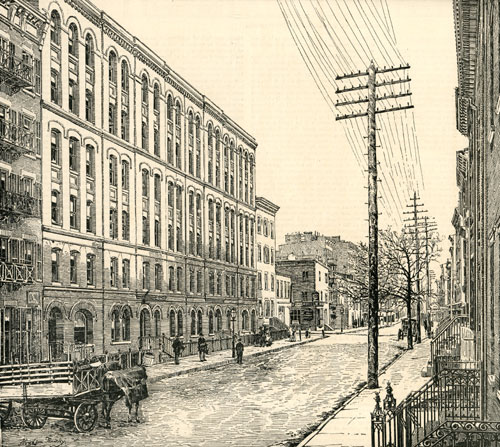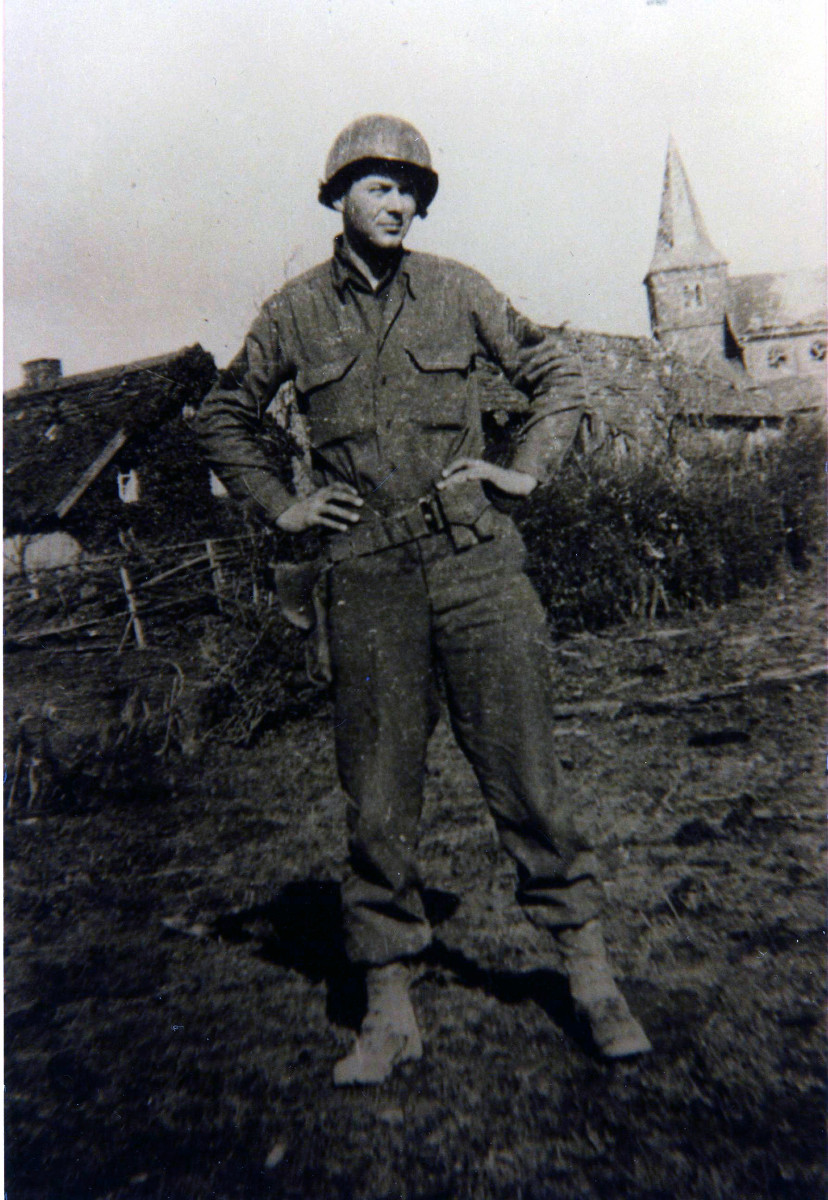- HubPages»
- Education and Science»
- History & Archaeology»
- History of the Modern Era»
- Twentieth Century History
Eastern European Jewish Immigrants
Antisemitism is normally associated with Hitler and the Holocaust, but in the early 1900's, Jews were often ostracized in Russia. Russian schools created a status quo to only allow a certain number of Jews in the school (normally only 1%).
Historical Background
Between the years 1880 and 1920, about 2 million Jews arrived in America. A majority of these Jewish people came from Eastern Europe, most notably, places such as: Russia, Poland, and Hungary. In Russia, Jews were being forced out of Central Russia in an effort to exclude them from Russia's main economy in Moscow. The area created by this movement of Jews was called the Pale of Settlement. In this settlement, Jews created villages called Shtetls. These Shtetls became their own economic centers where Jews engaged in trade. Farms emerged around the Shtetls while markets emerged in the village centers. Even though farms emerged around Shtetls, no Jewish person actually owned any land. Because of this refusal by Russian government to allow Jews to own land, Jews did not have any farming experience. Jews became skilled tradesmen or craftsmen. A major occupation within the Jewish community was becoming a tailor. Life as an Eastern European Jew usually meant living in economic hardship. Within the Jewish home, education was highly valued. In Russia, many Jews became physicians to work in hospitals.
Jews tried to travel to America as families. If this was not possible, the daughters in the family would be relocated first to make money in America to help move the rest of the family. Remember, the boys were often drafted by the Russian military.

Why America?
Eastern European Jews left their homeland for several reasons and traveled to America for several reasons as well. Economic struggles became too overwhelming for most to handle. The economic opportunity that was told of in America enticed Jews to seek financial independence there. A harsh sense of antisemitism in Russia and other Eastern European lands forced Jews out. Russians did not consider Jews to be Russians. Massive groups of civilians (called pogroms) attacked groups of Jews. Many times, young Jewish males were drafted into the Russian military. Military life in the Russian army was not glamorous. Little pay was issued and because the boys were Jewish, there was hardly any movement upward through the ranks. America was a land that was considered a safe haven for Jews to travel and live.
Jews often settled in cities in tenement apartments. One of the more notable places Jews settled was in the lower-east side of Manhattan, which was fairly close to Little Italy. Tenements were closely situated apartments that would have held several families in one apartment. On the streets where the Jews lived was an active marketplace. The Jews that did not - or could not - find steady work in a business became peddlers in the marketplace. These Jewish peddlers owned pushcars that held the items they would sell. Common items would be farmers produce and hand made items.
Jewish Women
Jewish women were often tied to food and keeping a kosher home. Her need to feed her family kosher food was in her sense of self worth. The Jewish family was mainly patriarchal, but this changed when Jews moved to America. It was often young, single Jewish women who worked in garment shops and sweatshops. Jewish women joined unions that arose to tackle problems for workers such as working conditions, length of hours per day worked, and wages. Jewish women often joined unions and were very involved in labor activism. There is a little known event that happened called The Kosher Meat Strike. In 1902, Kosher Jewish butchers collectively raised their prices of meat, Jewish women went on strike against these butcher shops by throwing rocks through the windows and throwing the meat out into the street. The Forward - a Jewish newspaper - congratulated these women for their activism in a just cause.
The Shylock Image
Antisemitism in America
In 1907, there was a rise in the crime numbers throughout New York City. The police commission of NYC used Jews as a scapegoat to answer the public's outcry. To answer why the city's crime rate was so high, Jews were blamed for the majority of the crimes committed.
The Shylock Image: A popular idea of what a Jewish person acts like. Popularized in a William Shakespeare play, a character named Shylock portrayed an image of a Jew as being a cutthroat manipulator of money concerned only with profit. This image is carried through, even to today, giving Jews a negative characterization to people everywhere.



